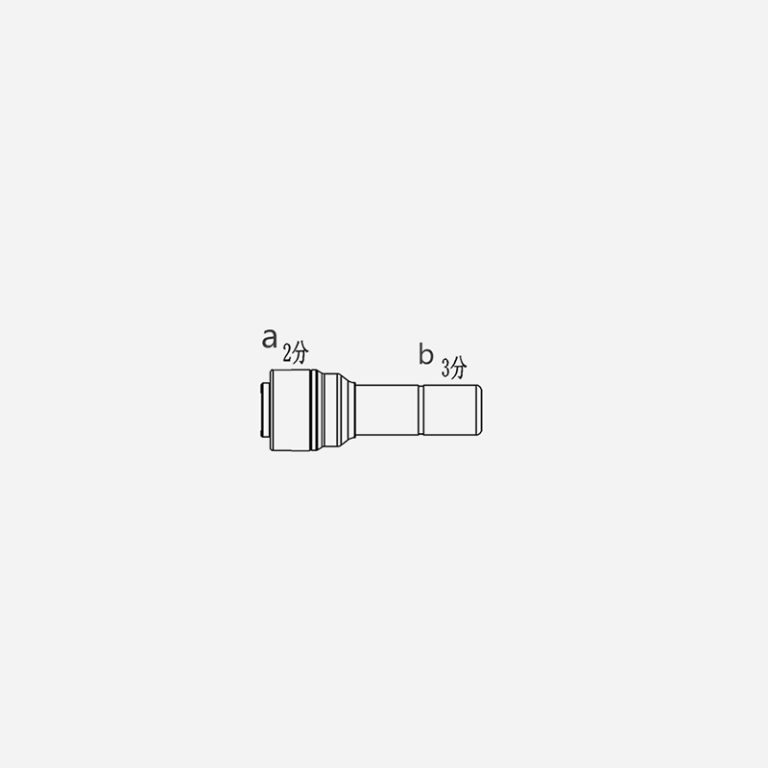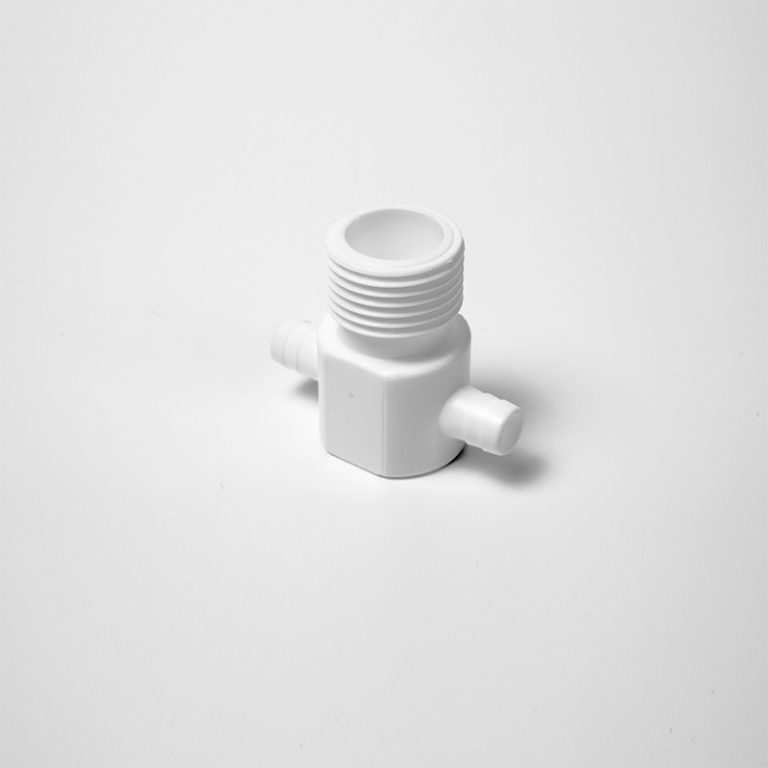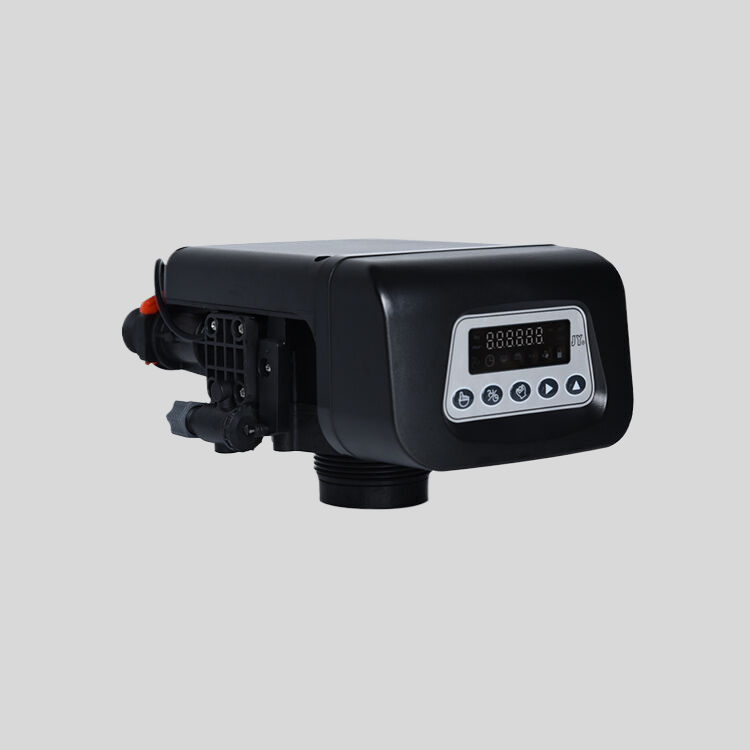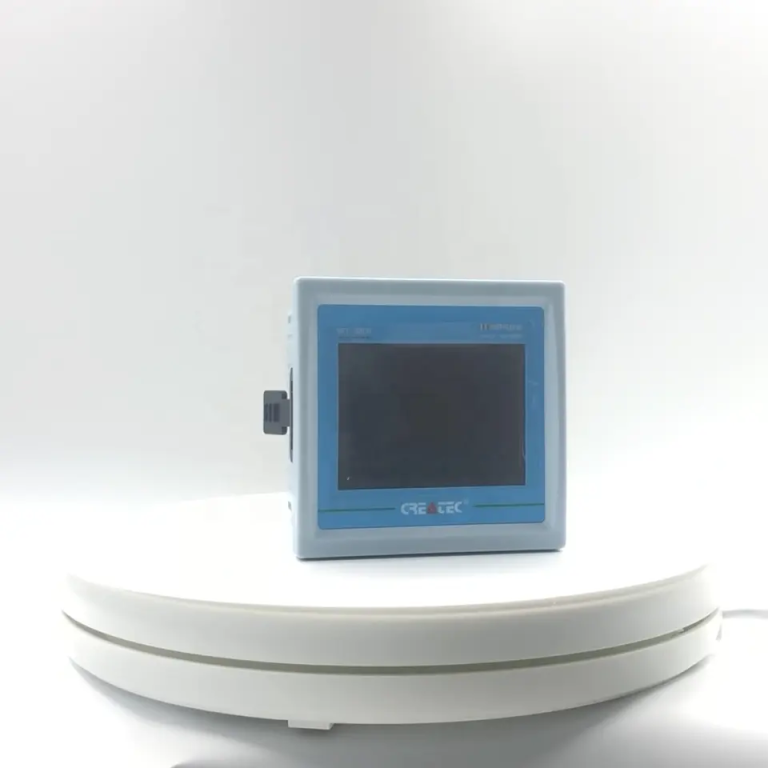“Adjust your water softener for optimal performance.”
Adjusting Your Water Softener: A Complete Guide
Water softeners are essential appliances in many households, as they help to remove minerals such as calcium and magnesium from the water supply. This process, known as ion exchange, helps to prevent limescale buildup in pipes and appliances, as well as improve the effectiveness of soaps and detergents. However, over time, the settings on a water softener may need to be adjusted to ensure optimal performance.
One common reason for adjusting a water softener is changes in water hardness. Water hardness can vary depending on the source of the water, and it is important to regularly test the water to determine the level of hardness. If the water softener is not effectively removing minerals from the water, it may be necessary to adjust the settings to increase the amount of salt used in the ion exchange process.
To adjust a water softener, you will first need to locate the control panel. This is typically found on the front of the unit and may have buttons or dials for adjusting the settings. Consult the owner’s manual for specific instructions on how to adjust the settings on your particular model of water softener.
Once you have located the control panel, you can begin adjusting the settings. Most water softeners have settings for the hardness of the water, the regeneration frequency, and the salt dosage. To adjust the hardness setting, you will need to enter the current hardness level of your water supply. This information can be obtained from a water test kit or by contacting your local water utility.
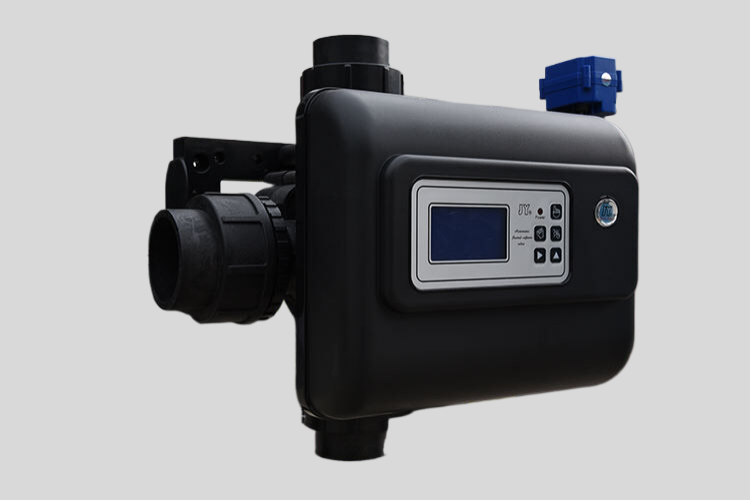
Next, you will need to adjust the regeneration frequency. This determines how often the water softener will regenerate, or recharge, the resin beads that remove minerals from the water. If you have noticed a decrease in the effectiveness of your water softener, it may be necessary to increase the regeneration frequency to ensure that the resin beads are properly cleaned.
Finally, you will need to adjust the salt dosage. The salt dosage determines how much salt is used in the ion exchange process. If you have hard water or if you have noticed a decrease in the effectiveness of your water softener, you may need to increase the salt dosage to ensure that the resin beads are properly regenerated.
It is important to note that adjusting a water softener can be a complex process, and it is recommended that you consult the owner’s manual or contact a professional for assistance. Improperly adjusting the settings on a water softener can lead to decreased performance and potential damage to the unit.
| Model | Central tube | Base | Brine tank connector | Base | Power supply parameters | Maximum power | Pressure parameters | Brine tank connector |
| 5600SXT | 0.8125″/1.050″ O.D. | 1/2″NPTF | 1600-3/8″ | 2-1/2″-8NPSM | 24v,110v,220v-50Hz,60Hz | 8.4W | 2.1MPa | 1℃-43℃ |
| 0.14-0.84MPa |
In conclusion, water softeners are important appliances for maintaining the quality of your water supply. If you have noticed a decrease in the effectiveness of your water softener, it may be necessary to adjust the settings to ensure optimal performance. By following the steps outlined in this guide and consulting the owner’s manual, you can adjust your water softener to meet your specific needs and enjoy the benefits of softened water in your home.

